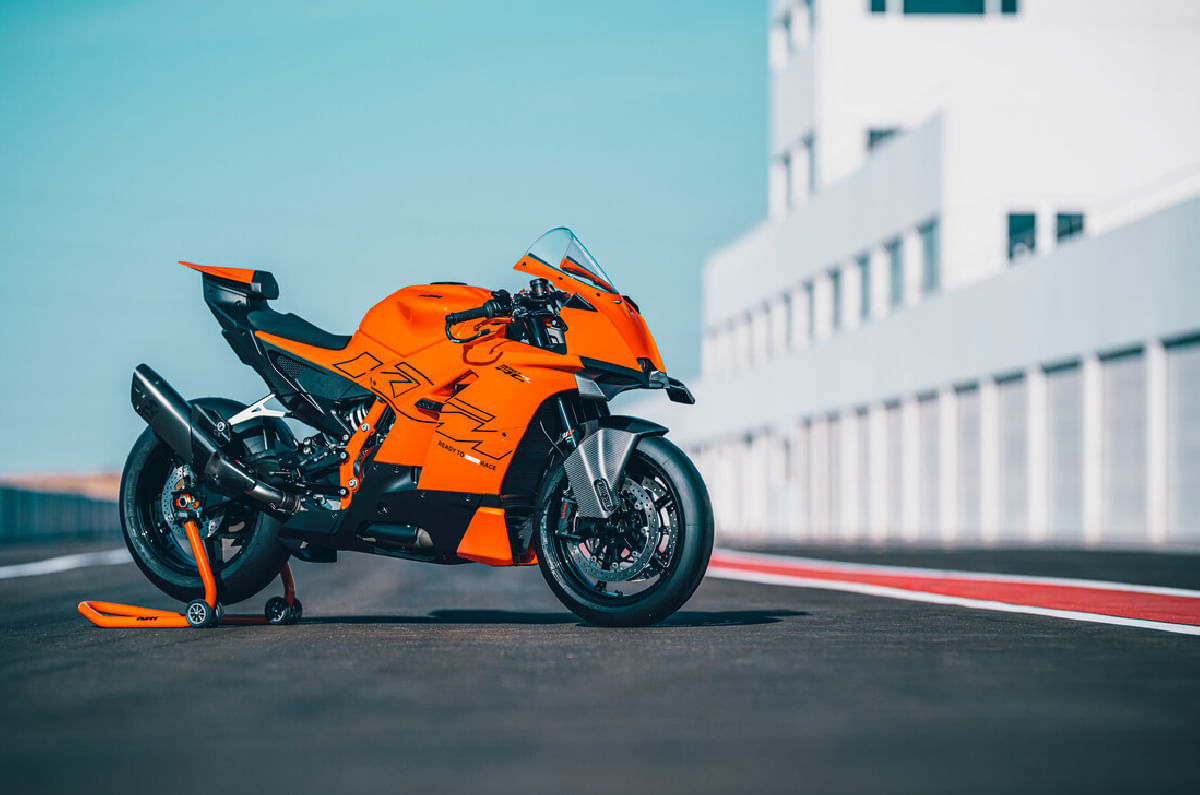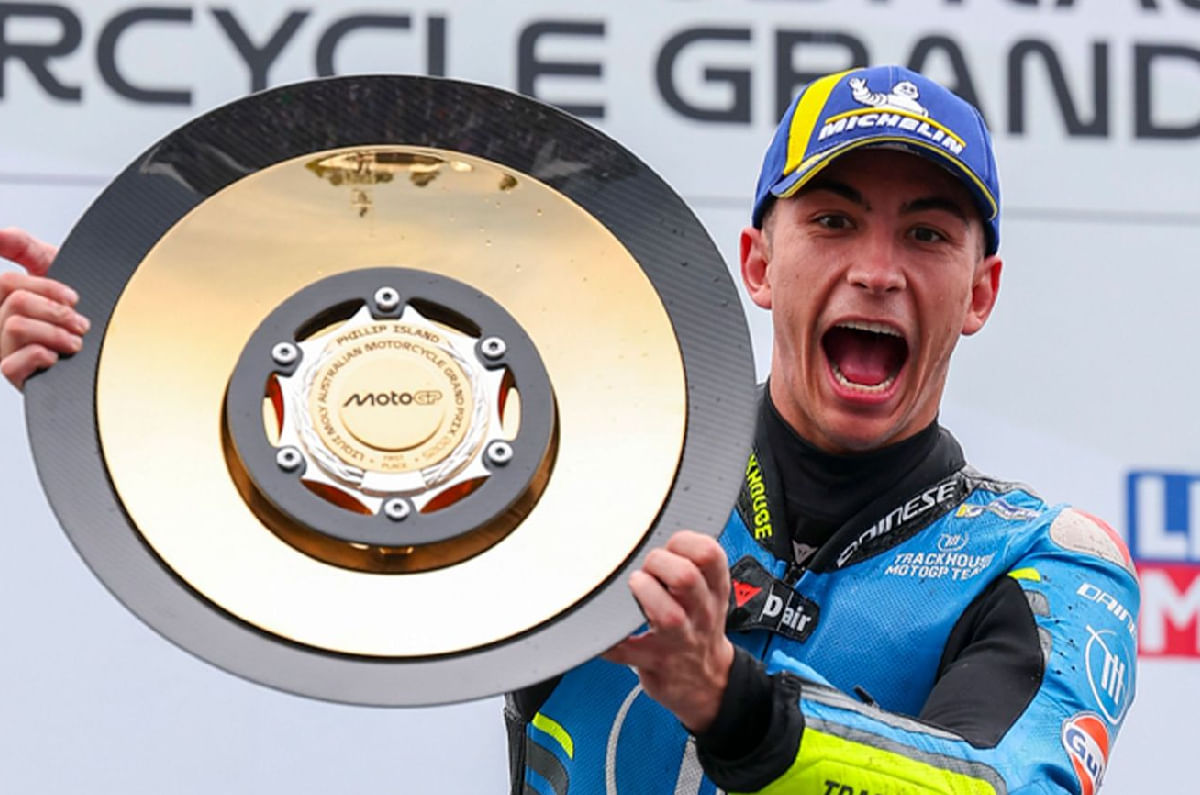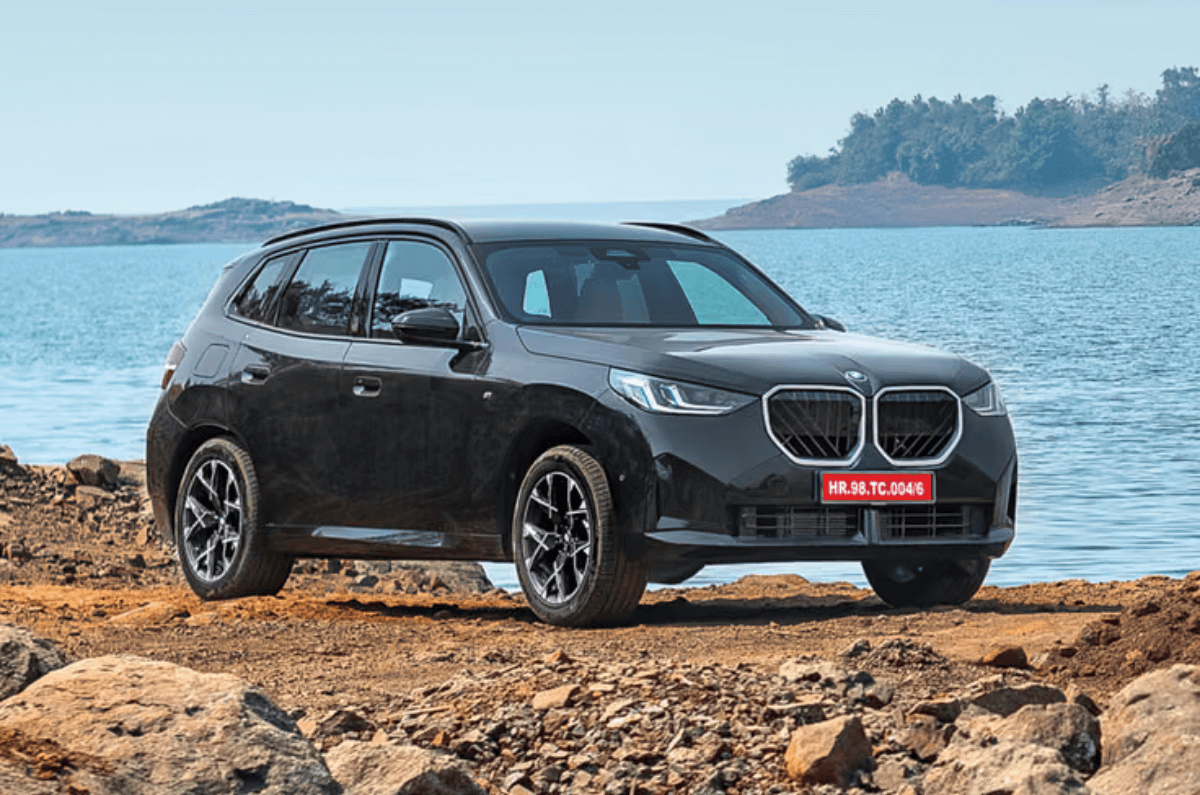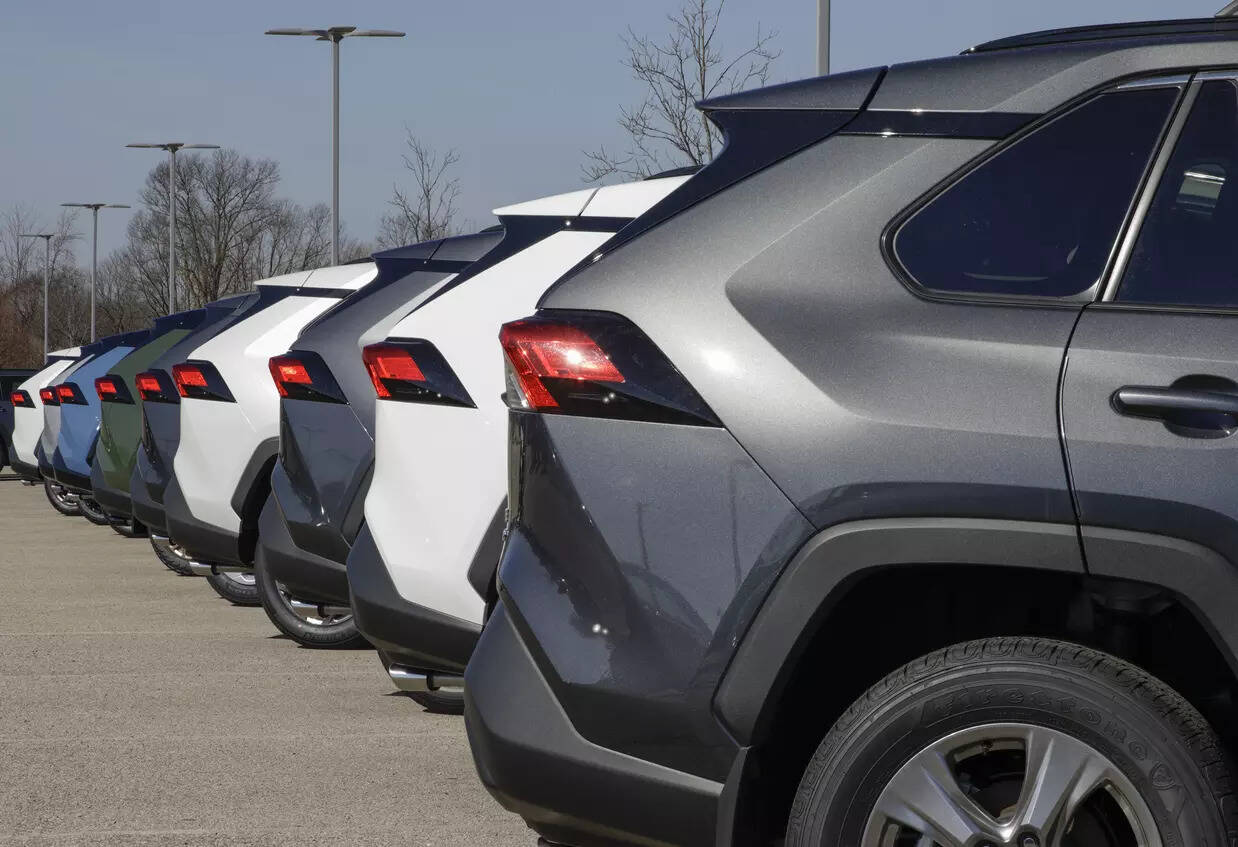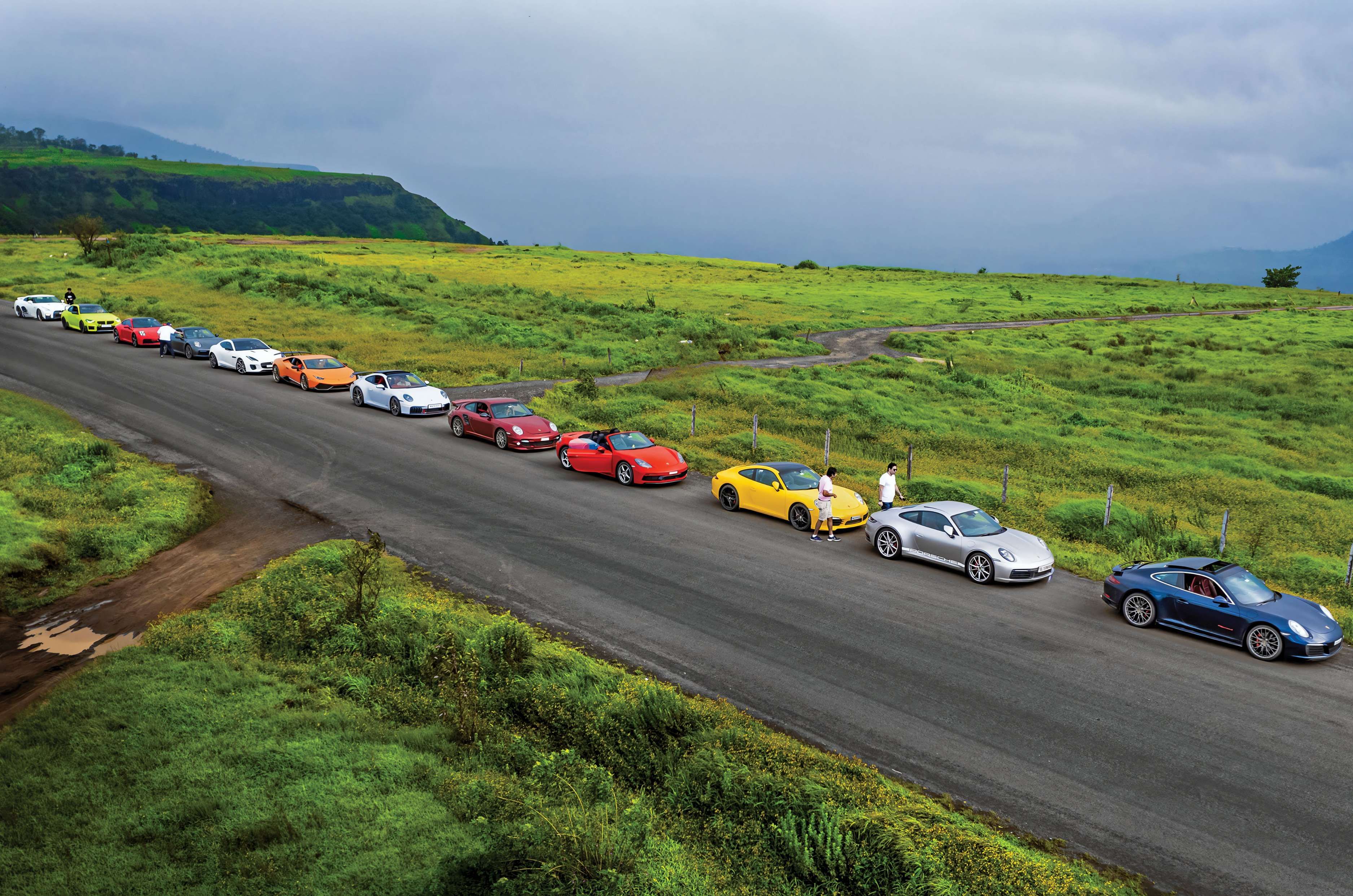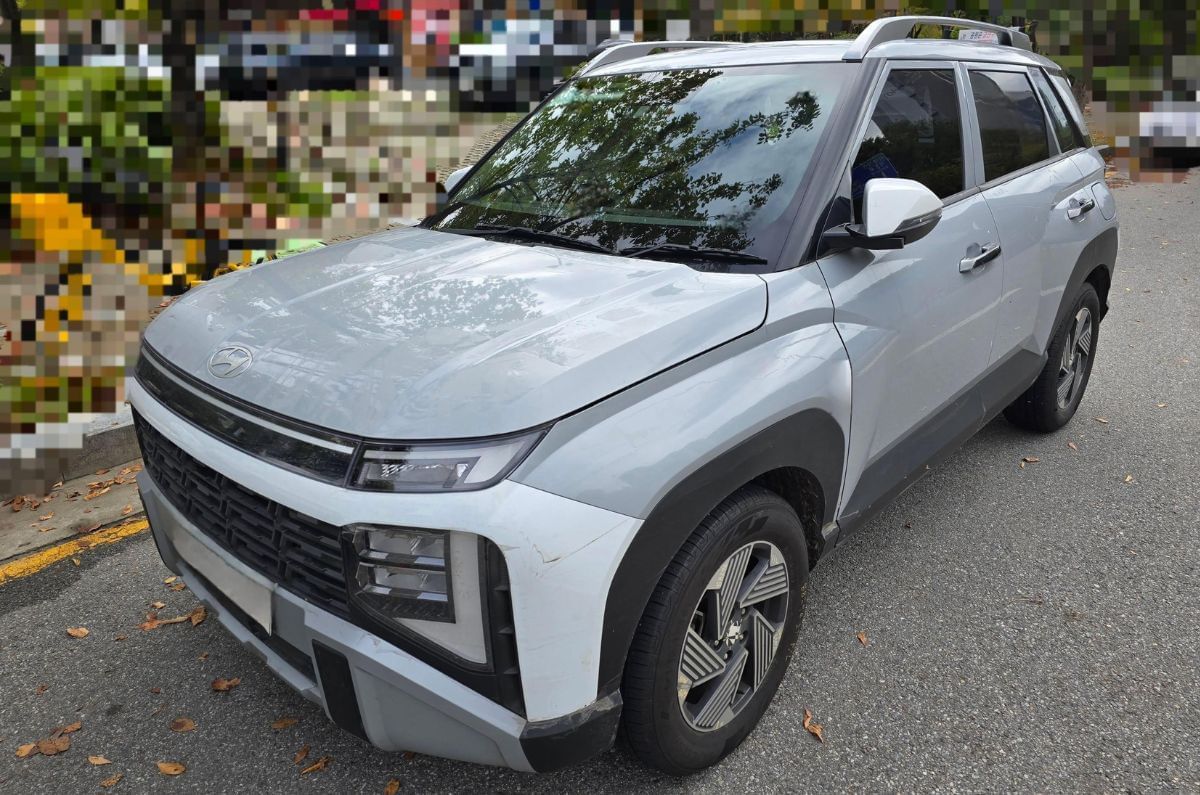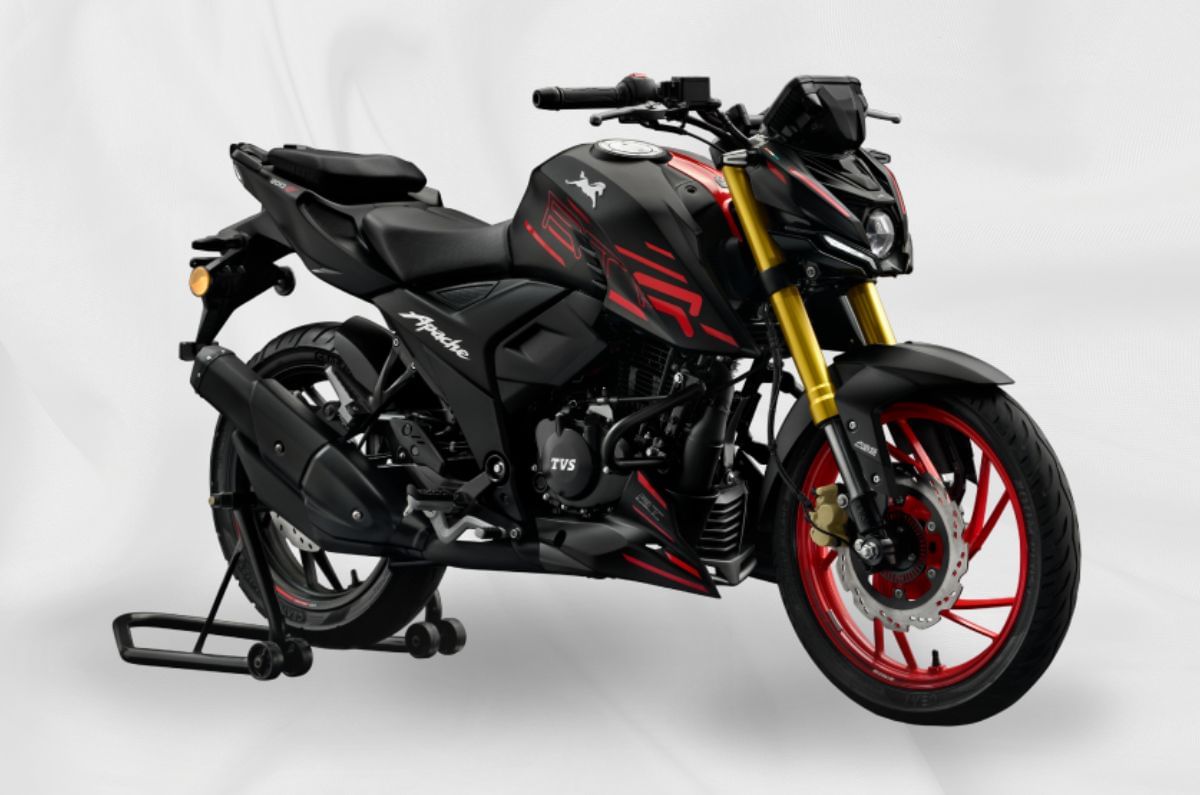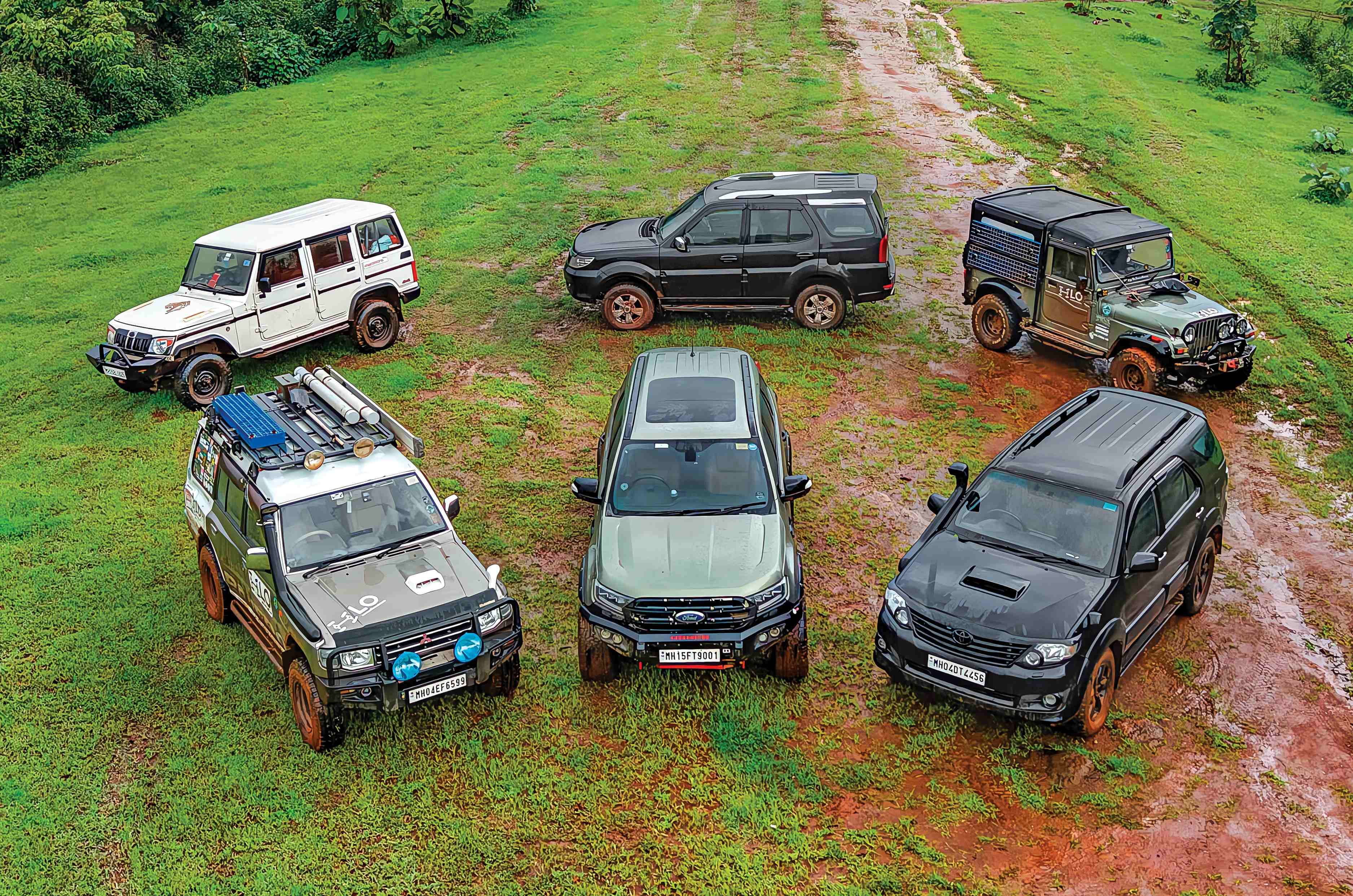
There are few things that challenge one’s driving skills as much as off-roading. It might look slow-paced, messy, and sometimes pointless, but its biggest draw is the sense of achievement after conquering trails that crossovers would consider dead ends. Off-roading is simple, unadulterated and hugely involving for petrolheads – or, in this case, dieselheads.
However, with modern cars becoming techier, softer and more city-friendly, there are only a handful of affordable and truly capable SUVs for off-roading. The most inexpensive off-roader currently on sale is the Maruti Suzuki Jimny, which starts at Rs 12.76 lakh (ex-showroom). But what if you could instead get a used SUV that is more capable, more practical, and a lot more fun?
To find out, we brought together some modern classics that still reign supreme in off-road clubs across the country. These could also double as everyday cars, and we took them to our favourite off-roading spot – Learn Off-Road in Pali, Maharashtra, to see if they still have what it takes.
The big league
Mitsubishi Pajero SFX (Gen 2)
The oldest SUV here is also quite the legend in the off-road world. The Pajero is nothing short of iconic and, despite its age, brims with character. The sharp lines, two-tone body colour and timeless design tug at your heartstrings, but beneath its pretty appearance lies some incredible pedigree from the gruelling Paris-Dakar Rally. It features Mitsubishi’s fabled ‘Super Select’ off-road tech, which includes a locking centre differential and a live axle at the rear.
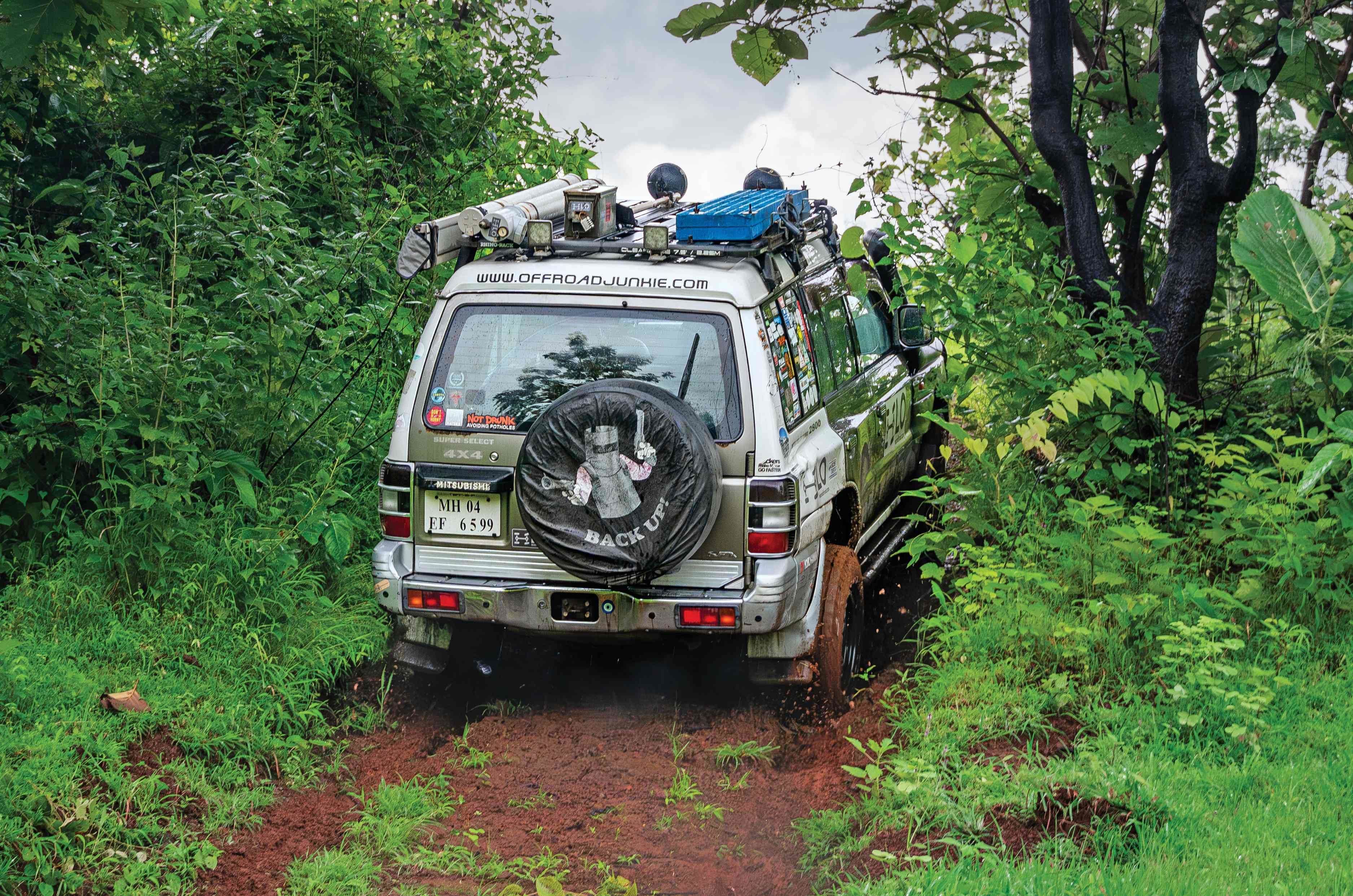
The first obstacle is a set of axle-breakers, which is dismissed with ease, and the chunky AT tyres (standard fit) provide excellent grip. However, over the second obstacle – a steep slope – the sheer weight and the unsprung mass from the massive wheels mean it struggles to pull itself up. The downhill crawl is easy, thanks to the low-range gearbox keeping speeds in check. The 2.8-litre intercooled diesel engine delivers bundles of low-end torque, but the weight and lack of modern electronics, combined with a slippery surface, aren’t the best recipe.
| Mitsubishi Pajero SFX fact file | |
|---|---|
| Approach angle | 40.5 degrees |
| Departure angle | 25.5 degrees |
| Ramp breakover angle | 23.5 degrees |
| Maximum water wading depth | 600mm |
| Diff lock | No |
| Low range | Yes |
| L/W/H (mm) | 4,755/1,755/1,900 |
| Wheelbase | 2,425mm |
| Engine | 4 cyls, 2,835cc, turbo diesel |
| Power | 118hp |
| Torque | 292Nm |
| Gearbox | 5-speed MT |
| Kerb weight | 2,155kg |
| Ground clearance | 205mm |
Used examples can be found for as low as Rs 2.5 lakh, while well-kept ones usually range between Rs 4 lakh and Rs 6 lakh. Spare parts, however, aren’t easy to source, often requiring reliance on third-party suppliers with long wait times. Things to watch out for include body rust, worn-out suspension bushings, the timing belt, power steering fluid leaks and clutch condition. The engine and gearbox are hugely reliable and, if serviced diligently, seldom pose a problem.
Toyota Fortuner (Gen 1)
The legendary Fortuner needs no introduction. Built on the indestructible Toyota Hilux platform, the Fortuner may not have been designed as an off-roader, but its roots make it incredibly capable. With a full-time AWD setup, you don’t get the flexibility of the Pajero, but the hardy chassis and a low-range gearbox allow it to hold its own among purpose-built off-roaders.
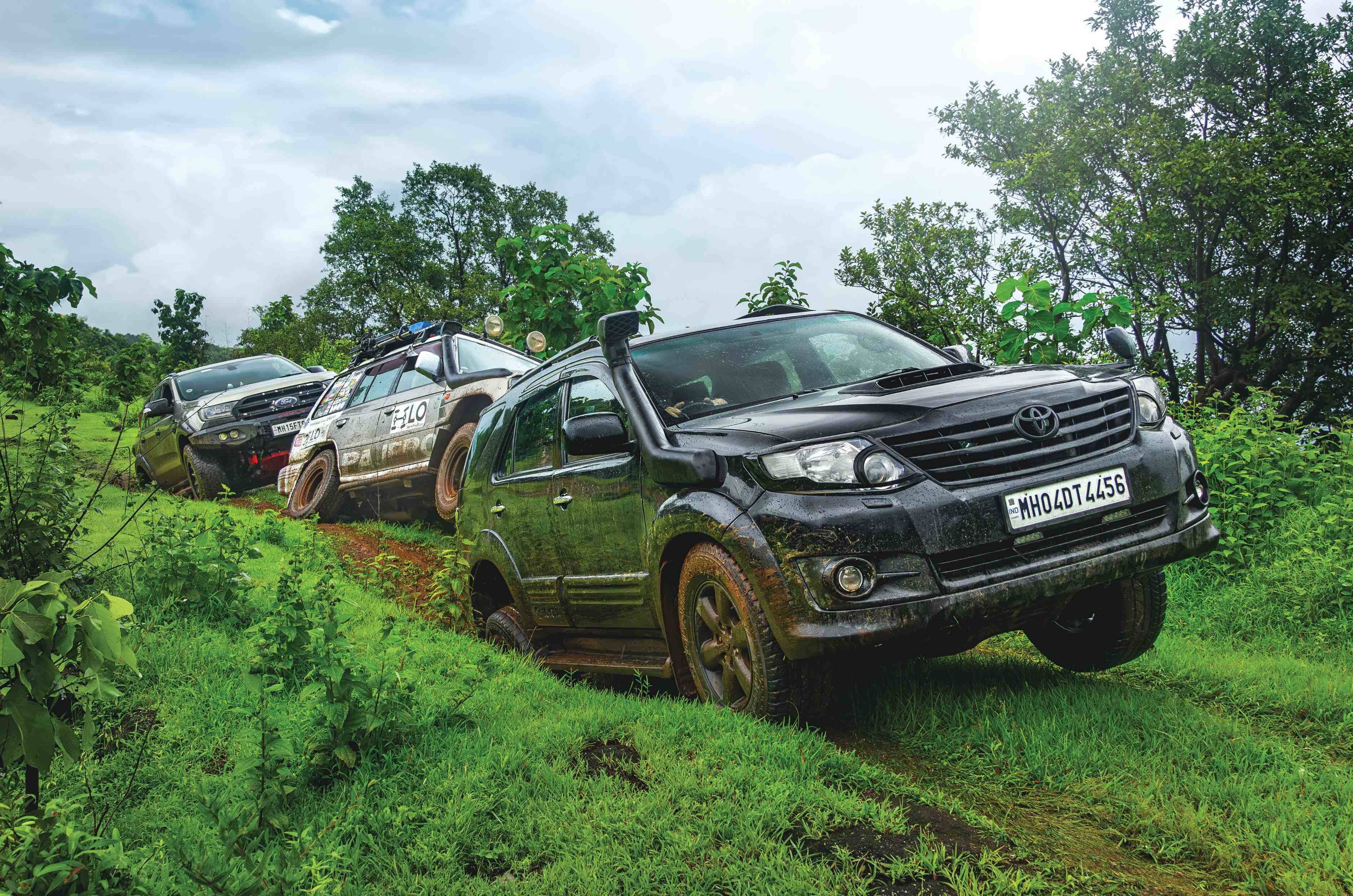
On the axle-breakers, however, its weight and suspension hold it back, preventing a smooth crossing. You need a fair bit of momentum and a steady throttle, as the suspension bottoms out if pushed too hard due to limited travel. Being primarily designed for the road, you have to be cautious about how much you twist the axles. Driving downhill on the slope is straightforward thanks to the low-range gearing and crawl ratio. But going uphill with limited grip exposes the lack of electronic aids. The combination of insufficient traction and sheer size and weight meant the Fortuner – like the Pajero – had to eventually withdraw.
| Toyota Fortuner fact file | |
|---|---|
| Approach angle | 30 degrees |
| Departure angle | 25 degrees |
| Ramp breakover angle | 23 degrees |
| Maximum water wading depth | N/A |
| Diff lock | Electronic diff lock |
| Low range | Yes |
| L/W/H (mm) | 4,695/1,840/1,850 |
| Wheelbase | 2,750mm |
| Engine | 4 cyls, 2,982cc, turbo diesel |
| Power | 171hp |
| Torque | 343Nm |
| Gearbox | 5-speed MT |
| Kerb weight | 1,955kg |
| Ground clearance | 221mm |
Through the rut, however, the Fortuner sails through with ease thanks to its generous approach, departure and breakover angles, along with the strong push from the 2.8-litre turbo-diesel. No wonder the mantris who bought it rarely found reason to complain about road conditions.
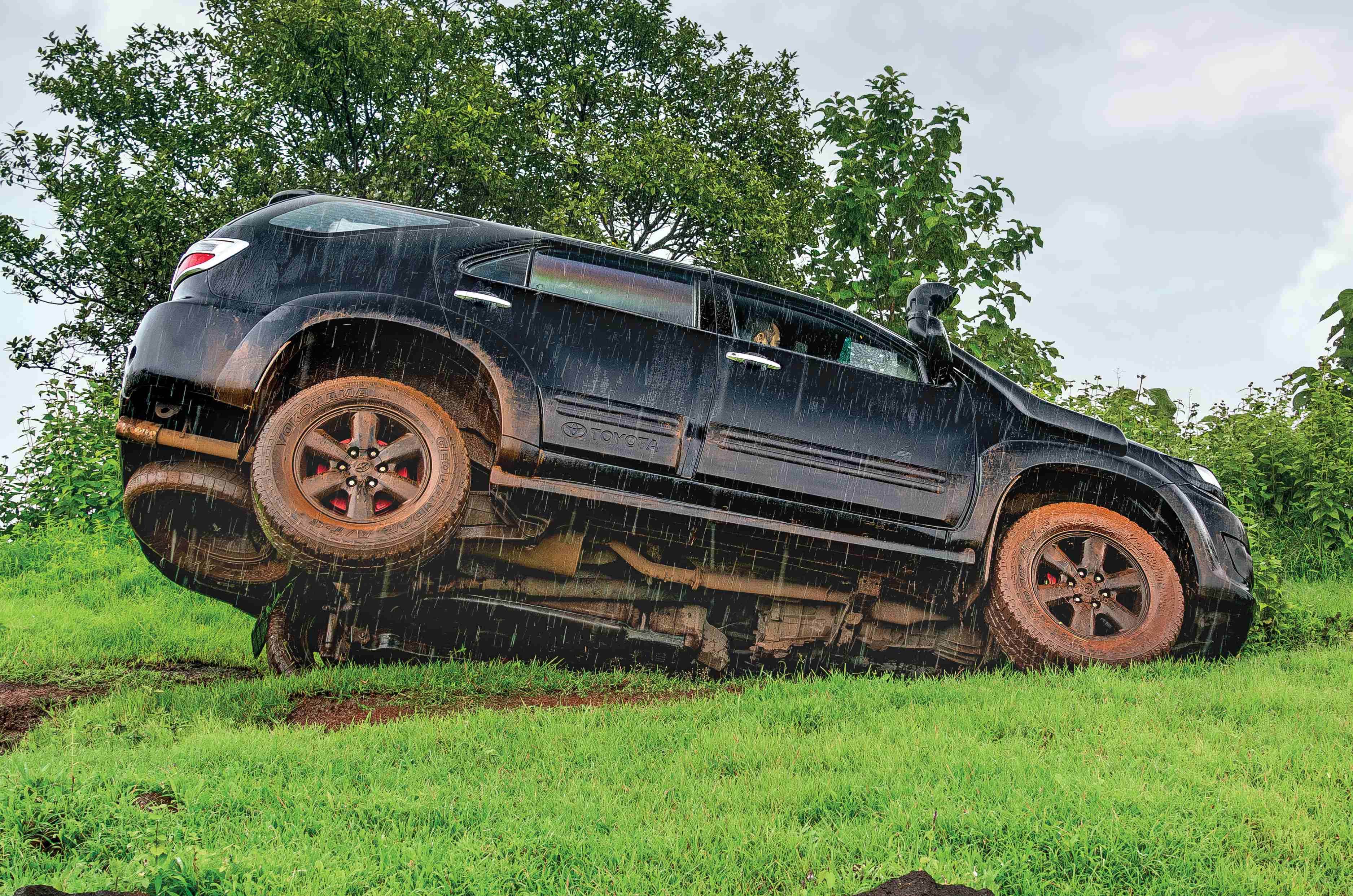
Thanks to its success and commanding image, the used Fortuners still remain relatively expensive. Toyota’s legendary reliability means even high-mileage examples start at around Rs 4.5 lakh.
Apart from regular wear and tear, early Fortuners were also susceptible to injector wear. The high-pressure injectors can fail with poor-quality diesel and are costly to repair. The steering rack is another known weak point, often developing leaks or tie rod wear. A thorough inspection is a must before buying one.
Ford Endeavour (Gen 3)
The Endeavour, in its third-gen guise, was the most advanced SUV from the company. It was loved and revered by many, but like the Fortuner, it was never designed for hardcore off-roading. However, if you want a blend of tech and comfort – and are ready to make some modifications – the Endeavour can surprise you with its capability.
Powered by a 3.2-litre, 5-cylinder diesel engine, the Endy has plenty of power and torque on tap. However, its 6-speed automatic gearbox is its downside. A 6-speed manual version was available, but since these SUVs were aimed more at city buyers, the automatic sold in large numbers. Auto ’boxes are hugely convenient in traffic, but nothing matches the control of a manual off-road.
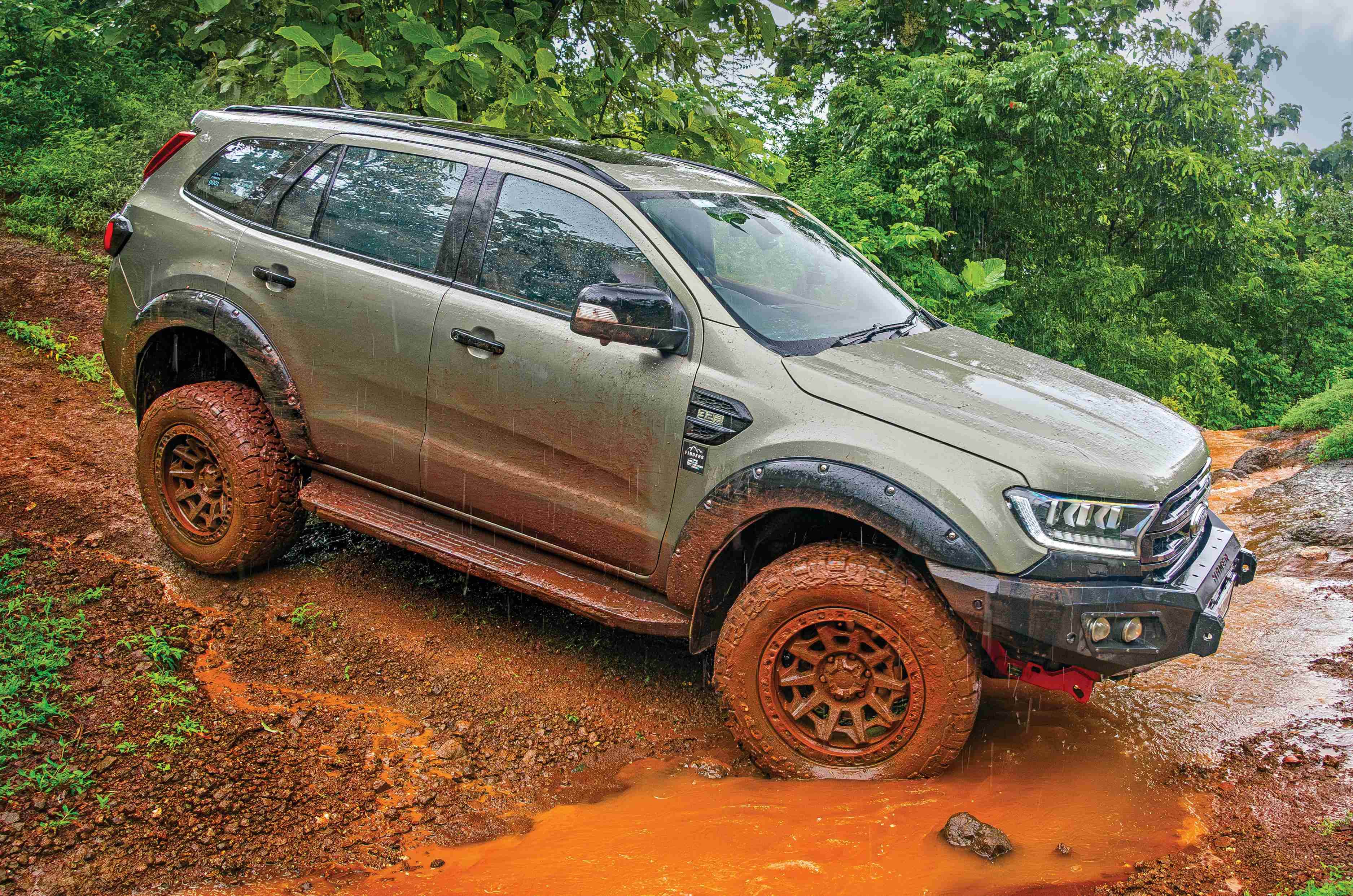
What the Endeavour relies on instead is a host of electronic aids and terrain modes, along with upgrades that not only make it look intimidating but also help it tackle almost anything. Almost, because the uphill climb proves to be its undoing. The steep slope and limited traction mean even the Endy, with all its tech, fails to scale it. Despite all that torque from the 3.2-litre engine, there just isn’t enough grip, and the SUV’s heft doesn’t help either. Driving down, however, is effortless thanks to hill descent control and the electronically operated low-range gearbox.
| Ford Endeavour fact file | |
|---|---|
| Approach angle | 29 degrees |
| Departure angle | 25 degrees |
| Ramp breakover angle | 21 degrees |
| Maximum water wading depth | 800mm |
| Diff lock | No |
| Low range | Yes |
| L/W/H (mm) | 4,893/1,862/1,836 |
| Wheelbase | 2,850mm |
| Engine | 5 cyls, 3,198cc, turbo diesel |
| Power | 200hp |
| Torque | 470Nm |
| Gearbox | 6-speed AT |
| Kerb weight | 2,394kg |
| Ground clearance | 225mm |
Even though the Endeavour has been discontinued, demand remains strong, with prices starting around Rs 15 lakh and stretching beyond Rs 20 lakh for well-maintained examples.
Since it isn’t all that old, wear and tear is minimal, but aside from routine maintenance, owners have reported electrical issues related to the battery and sunroof. Some have also complained of lug nuts swelling due to delamination and rust – worth checking before you buy. Fortunately, Ford continues to offer service and parts support, so despite the brand’s exit from India, you should be safe with after-sales service.
Jeepers creepers
Mahindra Thar (Gen 1)
From the overload of tech and comfort, we move to the pride and joy of our homegrown SUVs – the Mahindra Thar. It was nothing short of a godsend for off-road lovers and, to this day, remains a top choice. Yes, with the first generation, there was little in terms of comfort or practicality, but the old-school charm, MM540-inspired design and incredible off-road prowess made it the default choice for serious off-roading.
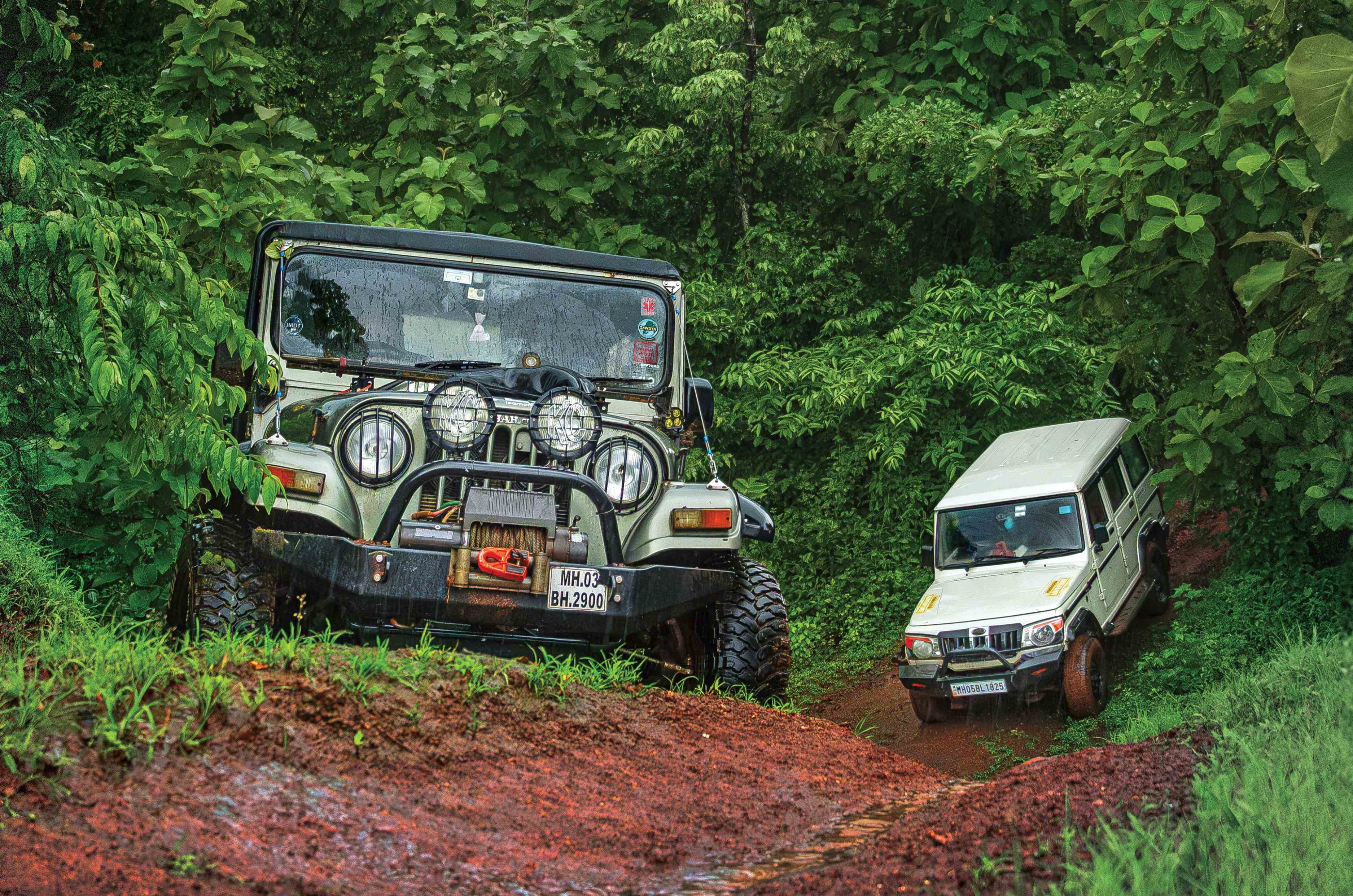
The 2.5-litre CRDe engine is smooth, delivers ample torque, and its dimensions and approach angle are spot-on as it was designed for this very purpose. Still, despite weighing less than the big full-size SUVs and running on mud-terrain tyres, the Thar struggles to climb the notorious steep slope. Three tries later, it gives up – much to the surprise of everyone watching it fight with all its might. Maybe we are being too ambitious with the incline. The slippery surface, lack of space for momentum, or even driver error could be the cause, though instructor Tejas assured us the slope had been conquered before.
Dejected, we move on to the downhill section, which – thanks to the Thar’s incredible design – is a walk in the park. The axle twister tries its best to stop it, but there’s no way the Thar backs down, given the suspension travel on offer. One thing to bear in mind, however, is the short wheelbase, which makes it slightly tricky to balance mid-air. Through the ruts, the Thar once again proves its worth.
| Mahindra Thar fact file | |
|---|---|
| Approach angle | 45.3 degrees |
| Departure angle | 31.6 degrees |
| Ramp breakover angle | 24.4 degrees |
| Maximum water wading depth | 500mm |
| Diff lock | Rear diff lock |
| Low range | Yes |
| L/W/H (mm) | 3,920/1,726/1,930 |
| Wheelbase | 2,430mm |
| Engine | 4 cyls, 2,498cc, turbo diesel |
| Power | 107hp |
| Torque | 247Nm |
| Gearbox | 5-speed MT |
| Kerb weight | 1,750kg |
| Ground clearance | 200mm |
Being extremely traditional, it does come with challenges. The low-range transfer case, while effective, takes considerable effort to engage. Even with experience, you’ll often need to force the lever into place. Still, if you want a pure and unadulterated off-road experience, nothing beats the first-gen Thar.
The used car market is filled with examples starting from around Rs 4.5 lakh, but you need to be extra careful. Thars are usually bought for off-roading, which means most have gone through some tough situations. It’s imperative to check wear-and-tear parts and the health of the chassis. Find one that ticks all the boxes, though, and the sky is the limit to what you can do with it – and where you can take it.
Mahindra Bolero 4×4
A 4×4 Bolero is a rare Pokémon. An SUV designed primarily to ferry large families (often more people than there are seats), the Bolero isn’t a common sight on off-road days. Still, with the same pedigree as the Thar and a beautifully simple recipe, it could be the perfect budget off-roader. A straightforward design, all-wheel drive, and a DI engine with just enough power to reach the destination… eventually.
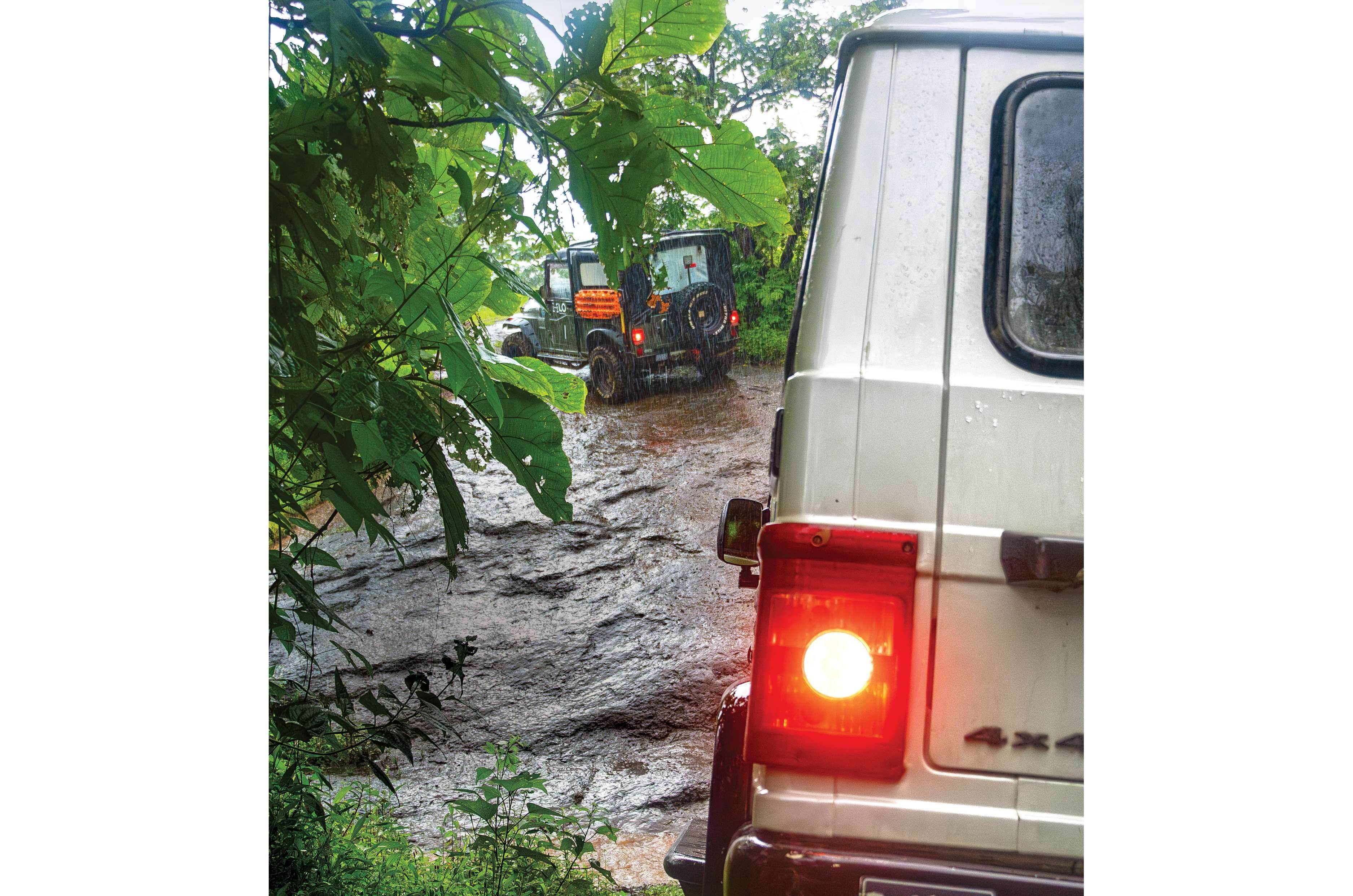
While the power might not be worth boasting about, the low-end torque it offers is unanimously loved. With less weight than most SUVs here and only a few basic modifications, the Bolero 4×4 has the best chance of making it up the wretched slope. But that’s not the case. With little grunt from the diesel engine, the low-end torque can only carry it a few metres before it runs out of steam. Getting it down is relatively easy, but the bouncy ride makes it tricky to keep stable.
On the axle twisters, the biggest challenge is the suspension, which restricts articulation. Still, with plenty of clearance and some careful tip-toeing, the Bolero manages to get through. The V-rut is easier since there isn’t much of a gradient, but do note, the broad seats lack support, and you tend to move around a fair bit.
| Mahindra Bolero 4×4 fact file | |
|---|---|
| Approach angle | N/A |
| Departure angle | N/A |
| Ramp breakover angle | N/A |
| Maximum water wading depth | N/A |
| Diff lock | N/A |
| Low range | Yes |
| L/W/H (mm) | 4,107/1,745/1,880 |
| Wheelbase | 2,680mm |
| Engine | 4 cyls, 2,523cc, turbo diesel |
| Power | 63hp |
| Torque | 195Nm |
| Gearbox | 5-speed MT |
| Kerb weight | 1,840kg |
| Ground clearance | 180mm |
It may not be highly competitive, but it definitely is a whole lot of fun. If you want it for the charm and decent rough-road shenanigans, the Bolero is a good choice as a second or third car to just thrash around. Parts are cheap, the cabin is roomy, and unlike the Thar, you can ferry friends in far more comfort.
The bigger challenge is finding one. They are rare in general, but in metro cities, finding one is almost impossible. You’ll need to source one from rural areas and spend time and money getting it into shape. It will be a struggle, but if you want a niche, this will scratch that itch.
Nostalgia
Tata Safari Storme
The last SUV here bears the Tata badge and has quite the cult following. The Safari Storme has established itself not as a full-blown off-roader, but as an SUV with tonnes of character. You don’t usually think of a Safari when you think off-road, but the fact that there hasn’t been a 4×4 Safari since this one makes it special enough to include here. Like the Bolero, it is simple in construction, with a basic 2.2-litre DiCOR engine and a knob to select between low-range and high-range. While later models put out 400Nm, this one has a 320Nm output.
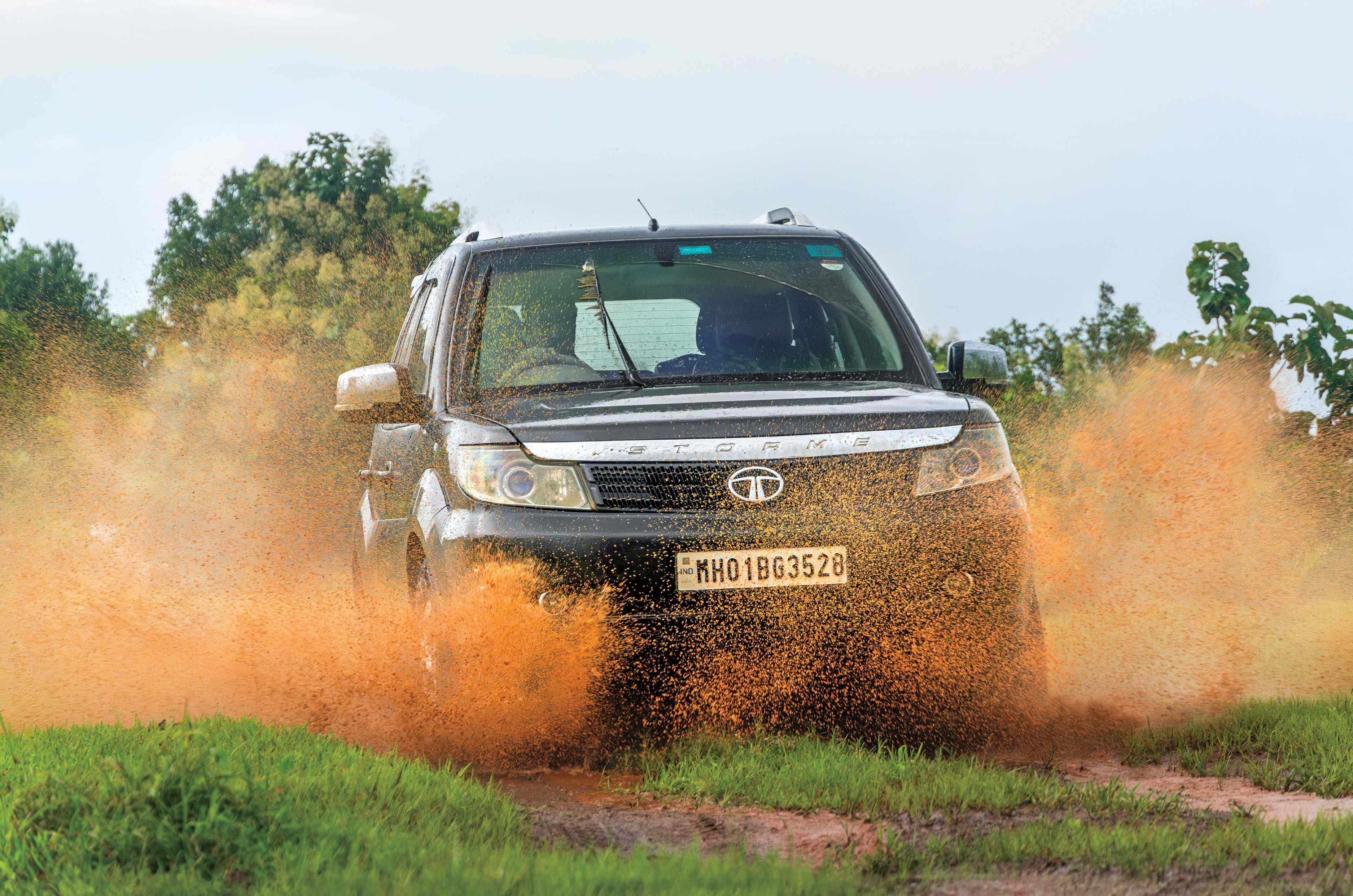
There is some hope on the steep slope, but it’s all in vain. The engine just doesn’t have enough grunt to pull it through, with all that weight holding it back. Driving back down is easy, with the only challenge being the raised suspension that results in a bouncy ride.
On the axle twisters, visibility is excellent thanks to the high seating position, but the Safari yearns for more power to get through the ditches. You need to accelerate quite a bit, which can get unnerving. Through the V-rut, the Storme storms through with no complaints. The highlight has to be the superb all-round visibility and the fact that there’s a fair bit of comfort and appeal. The design is strong, the cabin is well-equipped, and using it daily feels effortless. As an off-roader, it doesn’t have a competition pedigree, but for fun on rough sections, the Storme works well.
| Tata Safari Storme fact file | |
|---|---|
| Approach angle | N/A |
| Departure angle | N/A |
| Ramp breakover angle | N/A |
| Maximum water wading depth | N/A |
| Diff lock | LSD |
| Low range | Yes |
| L/W/H (mm) | 4,655/1,965/1,922 |
| Wheelbase | 2,650mm |
| Engine | 4 cyls, 2,197cc, turbo diesel |
| Power | 156hp |
| Torque | 320Nm |
| Gearbox | 5-speed MT |
| Kerb weight | 2,555kg |
| Ground clearance | 200mm |
Used examples start as low as Rs 2 lakh, and while that may be tempting, it’s advisable to get a well-looked-after one, even if it stretches to around Rs 3.5 lakh-4 lakh. Door seals, rust and electronic malfunctions are common issues, and while parts are inexpensive, overall reliability is low. Picking an example from a trusted seller would be the safest choice.
Off-roading is not your relaxed Sunday leisure activity. It demands effort, quick reflexes and skill. You can have all the tech, power, seven locking differentials, and a Dakar-worthy lift kit, and still be beaten by a humble rural workhorse. There is a surprising parity, with the major differentiator being the driver’s skill level.
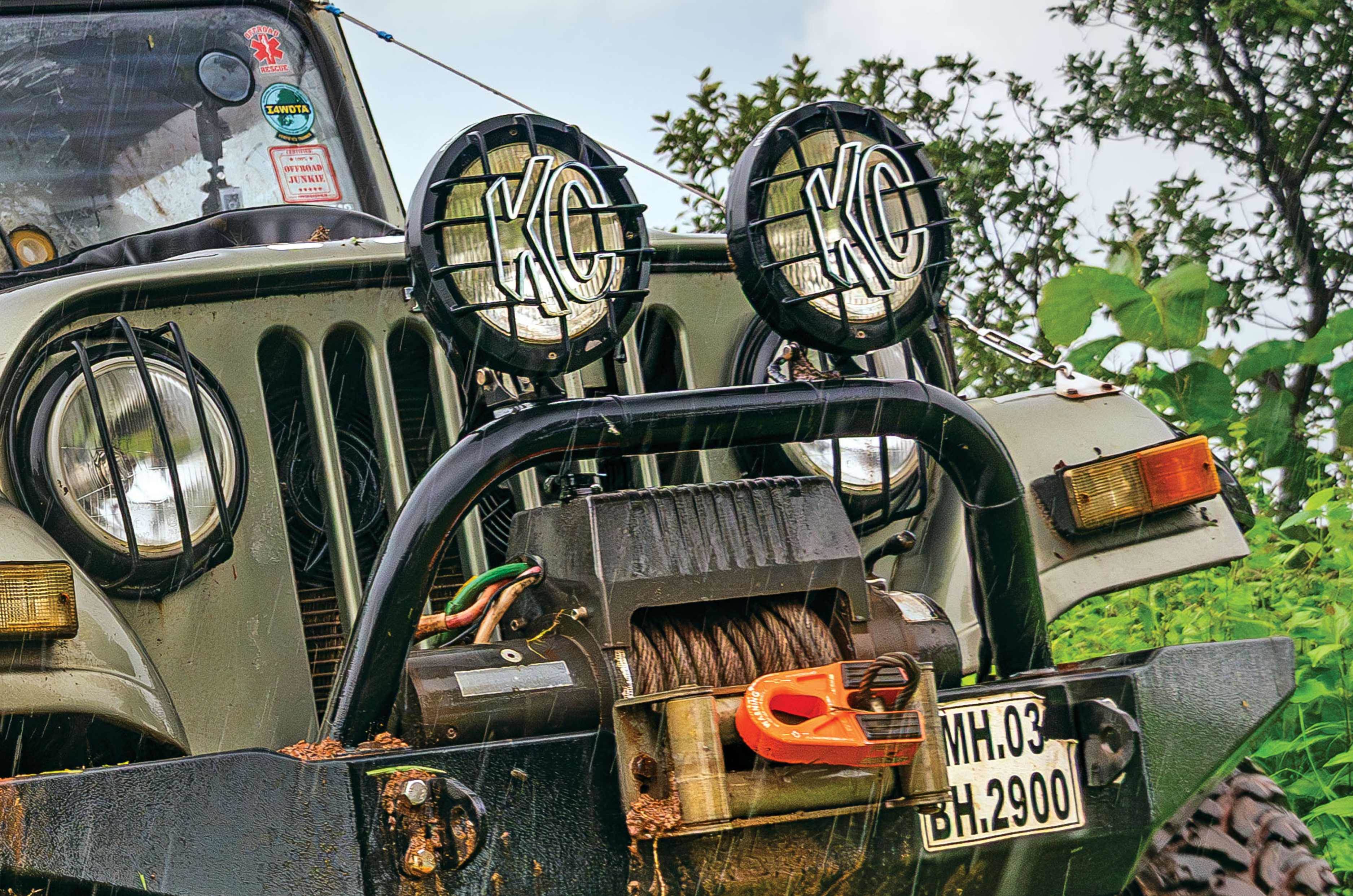
Sure, it may not have the same glamour as racing a supercar on track, but the beauty of off-roading lies in the fact that even crawling over a boulder can be just as – if not more – satisfying than standing on a podium while being showered in champagne. And the ability to feel that thrill without bruising your bank account is what makes off-roading one of the greatest activities you can experience with a car.
Also see:
Off roading EVs: Tata Harrier EV and Mercedes G Class Electric










